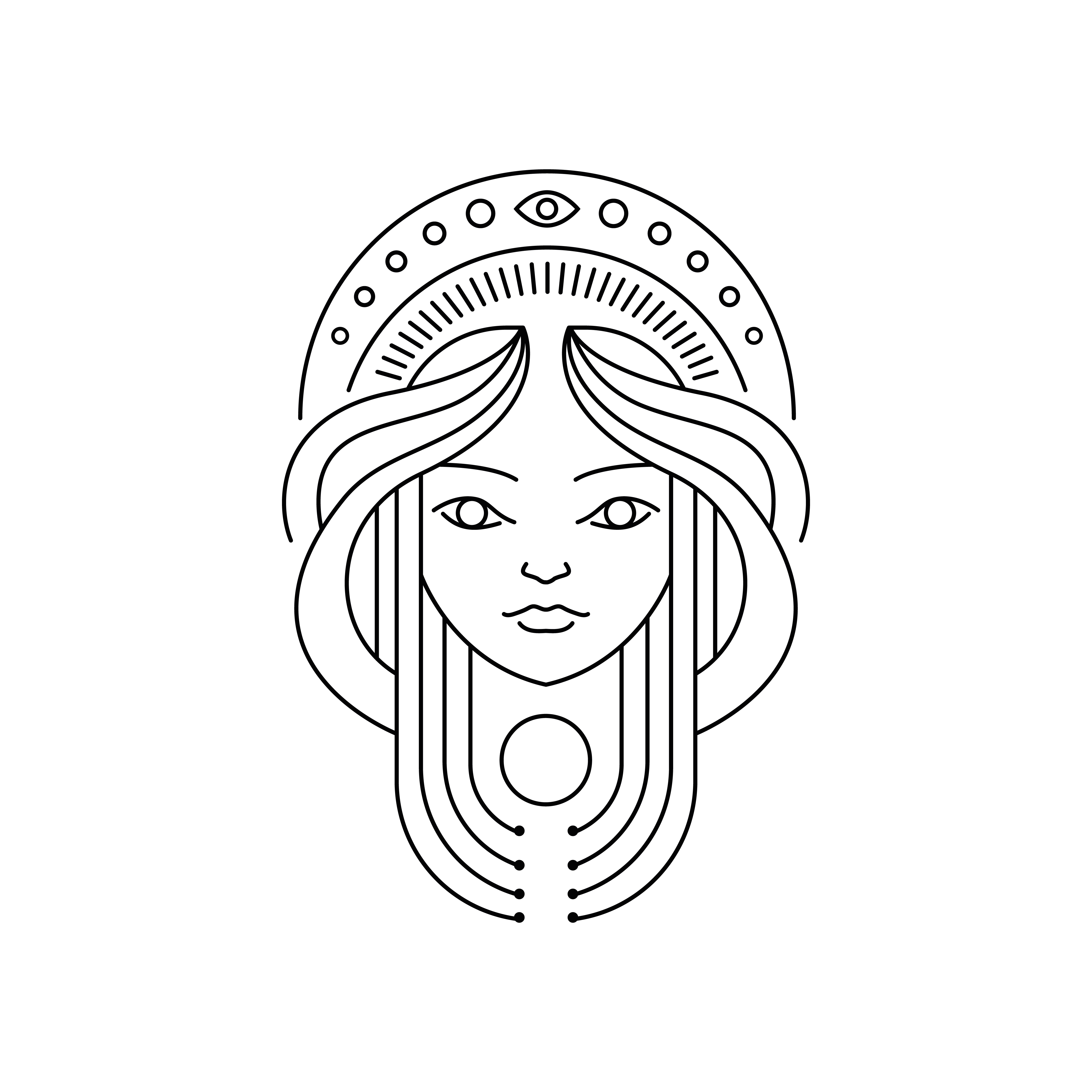
In a world seemingly obsessed with progress and innovation, it’s easy to fall into the fallacy that what we apply to our bodies and consume in our daily lives has undergone rigorous testing to ensure our safety. The illusion of a secure shield surrounds us, fostering a belief that the products we use are thoroughly vetted for human well-being.
Yet, peeling back the layers of this illusion reveals a stark reality: a vast array of everyday items harbors toxins that escape our scrutiny. As I delve into the realms of our daily exposure, I am compelled to unravel the misconception that everything we touch, apply, or ingest has been declared safe. It’s a false sense of security that demands our attention. The more I educated myself about the impact of toxins on our lives, I felt immediately compelled to share my knowledge.
Our world is a chemical tapestry, woven with substances that impact our health in ways we may not fully comprehend. The reluctance of governments and medical professionals to explore this intricate relationship with due diligence raises a critical question: why aren’t we more vigilant about what we allow into our lives? This exploration seeks to illuminate the unseen threats lurking in our immediate surroundings, urging us to reassess and reclaim control over our well-being.
Ever wondered why there seems to be a reluctance from governments to delve deeper into the connection between toxic chemicals and the diseases that plague our modern world? Or why medical professionals aren’t always fully tuned into the intricate relationship between these chemicals and the chronic illnesses we encounter?
It’s not just a matter of speculation. The facts are astounding:
- Televisions coated with flame retardants.
- Furniture and carpets imbued with stain guards and waterproofing chemicals.
- Plastic toys molded from PVC.
- Food containers seeping plasticizers like DEHP and BPA.
- Bathrooms housing cosmetics and personal care products laden with chemicals.
- Drinking water contaminated with metals, medications, and industrial compounds.
- The air we breathe carrying the scent of synthetic fragrances and engine fumes.
- A web of electromagnetic waves, from 2G to 5G, enveloping our daily lives.
Our daily lives are immersed in this chemical kaleidoscope which is negatively impacting our health and causing more health related illnesses.
Why does the cycle of hazardous chemicals continue?
In Alison Cohen’s book ‘Non-Toxic: Guide to living healthy in a chemical world’, she talks about the concept of ‘regrettable substitutions’. It’s like a game of whack-a-mole, but with chemicals. When one harmful substance is banned, chemical companies often replace it with another. Only, these substitutes can be just as, if not more, hazardous to our health. It’s a merry-go-round that our regulators are working hard to stop.
Another concept she talks about is the Precautionary Principle. It’s a concept focused on prioritizing safety over profits. This principle calls for taking preventive measures when activities or substances pose potential threats, irrespective of scientific certainty. While Europe has embraced this somewhat in its chemical regulations, the U.S. has leaned towards cost-benefit analysis, leading to numerous chemicals entering our lives without adequate testing. Therefore the decision to use new chemicals in products lies with manufacturers, not regulatory bodies, hence why it is more important now than ever to take our health into our own hands.
Shocking regulatory health failures ..
Here are some examples that may surprise you, of where the regulatory bodies have failed us in big ways:
- BPA – Let’s talk about BPA. This was once considered a fertility drug!!! Yes you read that right. It’s now a key player in shatterproof plastics and food can linings. Despite mounting evidence of its hormone-disrupting effects, BPA remains in our food system, illustrating a regulatory shortfall.
- Lead – Its toxic legacy spans centuries, from the Romans unknowingly suffering from lead poisoning to its pervasiveness in 20th-century products. Regulations finally curtailed its use, although it’s now universally understood that there’s no safe level of lead exposure, but is it still out there? …Yes! Sometimes even in your makeup and skincare.
- Perchlorate – a silent threat. It is sneaking into our lives through fireworks, rocket fuel, and plastic packaging and is even approved for use in food handling equipment. It can migrate from plastic into food and even enter the food chain through contaminated military base. It impacts the thyroid gland, affecting fetal brain development and the cognitive function of young children. You can read up more of this on the FDA website with this link.
Still not convinced? Here are some more facts…
- Around 90,000 compounds are currently approved for commercial use, yet shockingly, only a handful have undergone comprehensive testing for neural, reproductive, and developmental toxicity.
- A plan to ban up to 7,000 of the most potentially dangerous chemicals on the European market by 2030 is failing badly. Additionally, most uses of bisphenols look set to continue, with only 5 of the 148 bisphenols on the market facing restrictions.
- The decision to use new chemicals in products lies with manufacturers, not the regulatory bodies. These chemicals are often labeled as “Generally Regarded as Safe” without any safety testing.
- Every year, over 1,000 new chemicals enter circulation.
As we navigate this intricate landscape of chemicals and their impact on our lives, it’s crucial to stay informed, and make conscious choices about the products we use.
